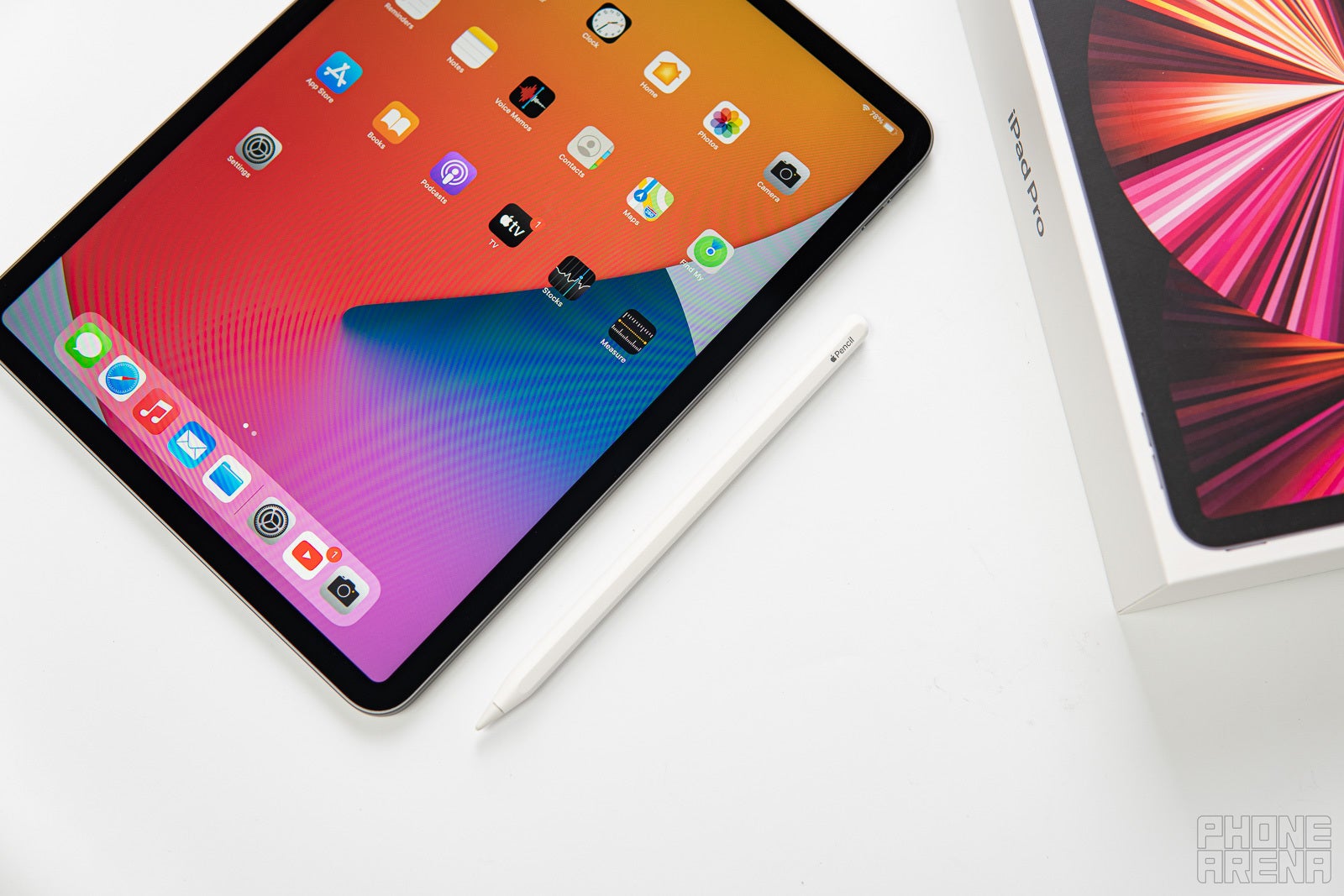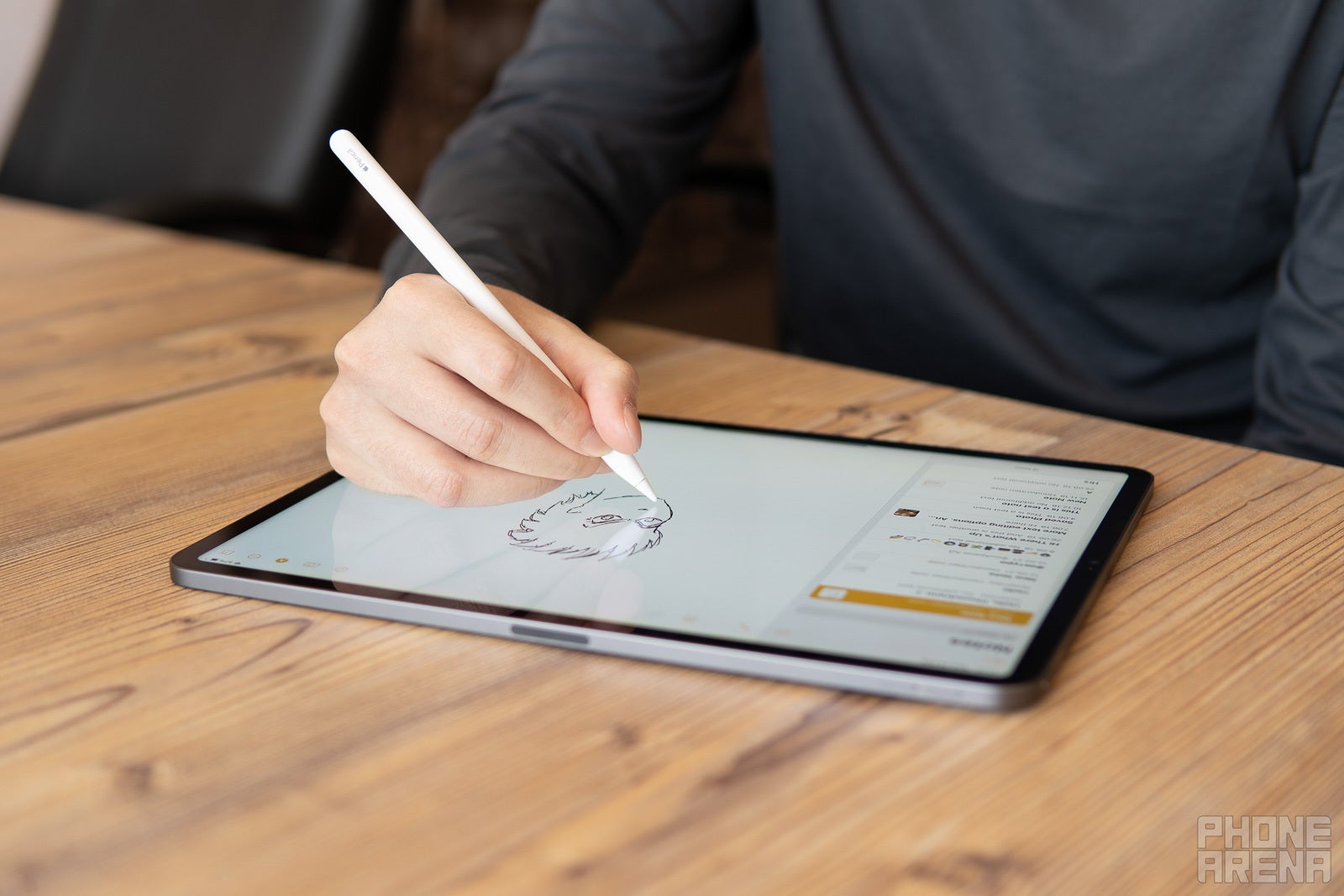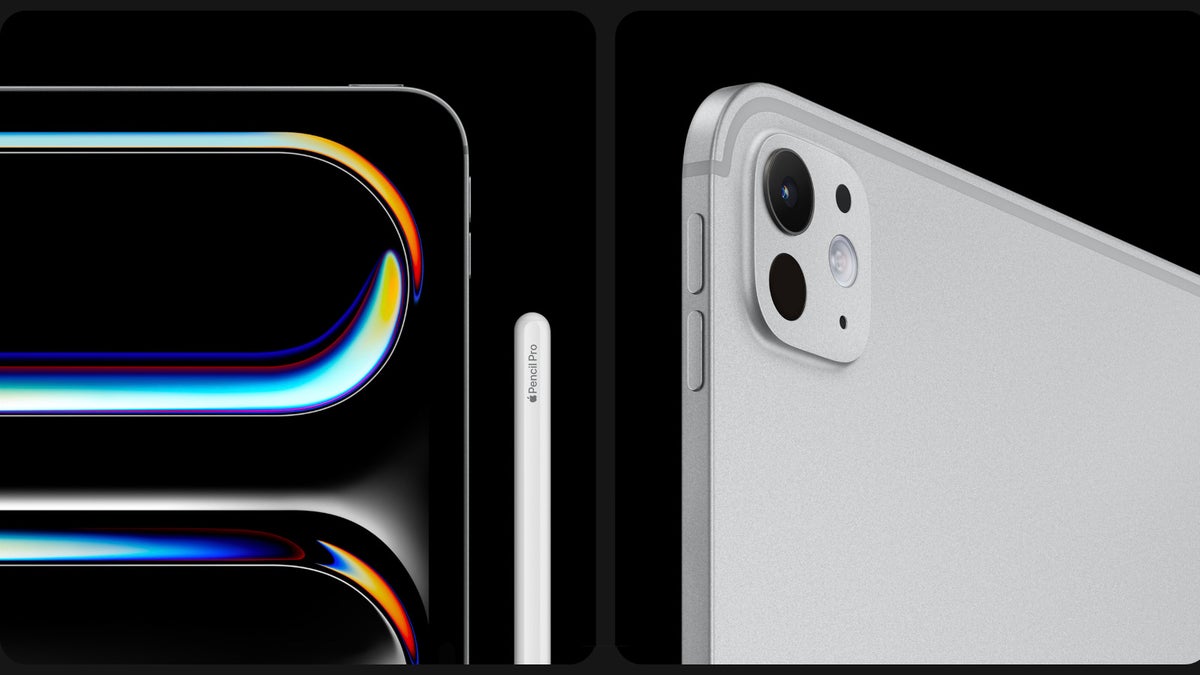But there’s one stealthy upgrade I’ve been hoping to see for years now, and it hasn’t happened. Well, to be more precise, Apple downgraded this feature years ago, and I am still waiting for a reversal.
How the Apple Pencil ruined the premium iPad experience
It’s the oleophobic coating on the screen

The culprit
The original Apple Pencil was released way back in 2015, with the very first iPad Pro. That was cool and all — a super-accurate stylus for Apple slates to rival the Samsung S Pen was finally on the market. The small sample of users that actually bought the gargantuan tablet noticed that there are more fingerprint smudges on their screen, but for the time being — the issue was isolated and unnoticed by the majority of iPad owners.
As time went on, more and more iPads were getting Apple Pencil compatibility — today, every iPad model from every price range supports one. And the issue became more and more evident.
What’s the issue?
Well, every iPad’s specs page claims that the screen has an oleophobic coating. Anyone who uses a contemporary iPad will tell you — it certainly doesn’t feel like it. As far as I could gather, Apple was forced to use a different type of oleophobic coating due to concerns for Apple Pencil compatibility. What the problem is — I can’t tell, Apple Pencil certainly works well enough throgh screen protectors. But that new concoction — it barely works.
Oleo-what?

Oleophobic coating is a thin film of material, which is applied to any and every smartphone and tablet screen. Ever noticed how it’s super-easy to clean up fingerprints from your phone’s screen by simply wiping it with any cloth? That’s thanks to the coating. For contrast — try to clean a fingerprint from the regular glass of your window and watch it get smudged up and never disappear — not until you use some kind of cleaning solution.
Well, that’s pretty much the experience whenever you try to wipe down your iPad Pro’s greasy screen. The fingerprints are very easy to get on, very persistent, and very hard to clean up. And, even after you do — they will be back within the hour.
I thought I was going crazy for a while before discovering this. Back when I first upgraded to an iPad Pro, I was wiping it down daily to little success. Then, one day, I dug up my trusty old iPad Air 2 for some iPadOS comparisons. Lo and behold — its screen was already looking cleaner, even if I had years of use on it and put it away without cleaning it up. I did a few tests and discovered that the oleophobic coating on that old iPad Air 2 is magnitudes better than the new, “Pro” one.
Does the iPad Pro even have oleophobic coating?


Some might be asking themselves that question — and yes, it does. Take it from someone who has had the pleasure of touching and reviewing super-cheap smartphones with plain glass over their screens. The contemporary iPads do have some sort of coating, so — at the very least — the glass does not feel rough, sticky, or unpleasant. However, it’s much less effective than on other units — or even compared to iPads form the past.
Please, give us a stealthy upgrade!
So, Apple hasn’t really talked about this officially. And that’s fine — just do a stealth upgrade, change up the formula, and just put it on the next glass, no need for fanfare (no need to admit the previous solution was not good). We will notice — just as we noticed when the fingerprint magnetism started in the first place.
Don’t give me a thinner iPad, give me better oleophobic coating!
